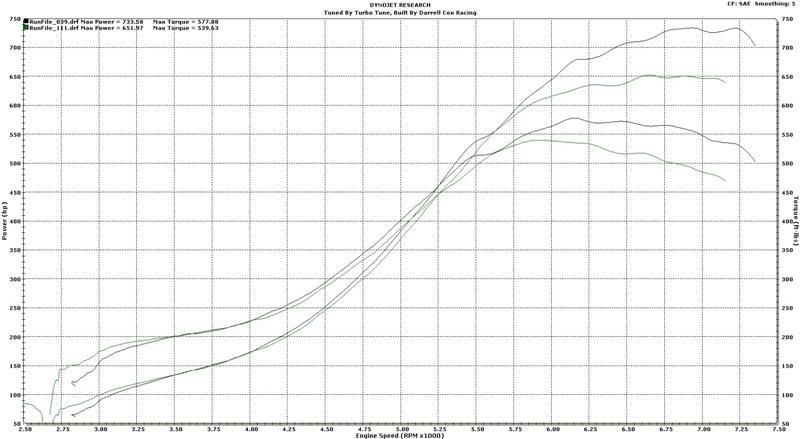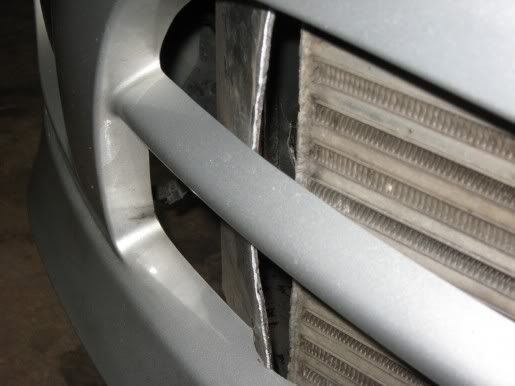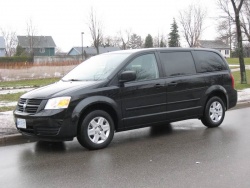Total '07 pay worth about $20.7 million
Daimler AG paid Tom LaSorda a $15.7-million bonus for the successful sale of Chrysler to Cerberus Capital Management last August, filings with the federal government showed Wednesday.
LaSorda, who had been the top Chrysler executive under then-DaimlerChrysler AG, received in 2007 a total compensation package from Daimler worth about $20.7 million under Wednesday's exchange rate, according to the German company's filing with the U.S. Securities and Exchange Commission.
Cerberus, a private equity firm, acquired majority control of Chrysler on Aug. 4, leaving Daimler with just 19.9% of the Auburn Hills automaker.
The new filings also give a window into how Chrysler did during the first two months following the ownership change: Chrysler lost 1.9 billion euros -- or $2.9 billion under today's exchange rate, according to Daimler's annual report.
Much of that money -- $2.4 billion -- was related to restructuring measures and a new labor agreement with the UAW, which did not necessarily occur in those 8 weeks, the filings indicated.
The picture of how Chrysler did last year, however, is far from clear. There is a three-month reporting lag, the report said.
Chrysler on Wednesday night denied losing $2.9 billion in the two-month span -- saying it was, in fact, profitable in that period -- and said its losses in 2007 were "significantly less than 2.9 billion," according to Chrysler spokesman David Barnas. The automaker believes any differences are because of the difference between U.S. accounting practices and international accounting practices, which Daimler used.
German officials did not answer questions late Wednesday afternoon.
In November, Chrysler's new CEO Bob Nardelli said Chrysler was set to lose $1.6 billion, though he did not explain his accounting methodology.
Chrysler, as a private company, does not make its finances public, and its officials have said the benefit of being a private company is that it can focus on the long term, making decisions for future success.
"Since August and the return of Chrysler as an independent company, we have not only been meeting, but, in many cases exceeding all key metrics," Barnas said in a statement.
"Despite the challenges that lie ahead, Chrysler feels confident today that the company is poised on the threshold of full recovery," he added. "We are making the tough decisions for the long-term health of the company, our employees are fully engaged as we create an owner-operator mindset, and we are gaining momentum. In addition, Chrysler has a strong partnership with its parent company, Cerberus Capital Management, and has ample liquidity and is fully funded with working capital to meet its present and future needs and objectives."
Under Cerberus control, LaSorda was made president and vice chairman.
LaSorda's bonuses first drew criticism last fall while the automaker was in negotiations with UAW over a new labor agreement.
In recent weeks, UAW President Ron Gettelfinger has been vocal about the size of executive paychecks at the automakers, saying they need to make sacrifices along with the rank-and-file workers. The UAW agreed to a contract that allows new hires to so-called noncore jobs to begin making roughly half the wage of current workers.
Erich Klemm, the top German labor representative on DaimlerChrysler AG's supervisory board, called the bonuses to LaSorda and former Chief Operating Officer Eric Ridenour unreasonably high in a German newspaper last fall.
The exact amounts were not made public at the time.
Wednesday's filings show that LaSorda made 2.1 million euros in base salary, benefits, shares, stock and bonuses.
In addition, LaSorda was paid a 10.4-million euro bonus as part of a deal he agreed to that paid him "upon the successful transfer of a majority ownership interest in Chrysler to a third party." As part of the agreement, LaSorda, who was under contract until 2012, agreed to break the contract and waived his claim to severance and pension payments.
Daimler said, "The agreements were intended to facilitate a timely and successful transaction while at the same time defining the conditions for a retirement from the board."
LaSorda had been a member of DaimlerChrysler's management board.
In addition, LaSorda was paid 1.2 million euros for prorated payments of the phantom share awards previously granted to him. Phantom shares are basically a bonus plan under which the bonus amount is based on the value of the company's stock.
Similarly, Ridenour received a compensation package worth 5.4 million euros, or $8.2 million. His bonus for the Chrysler sale was $4.8 million.
Under Cerberus control, Tom LaSorda was made president and vice chairman of Chrysler.
(MYRIAM VOGEL/AP)






 This has to be the loudest UPS truck we've ever heard. It's really important to notice during this dyno run how the hand held camera is shaking during one of the pulls. So it may not be quite as insane as the
This has to be the loudest UPS truck we've ever heard. It's really important to notice during this dyno run how the hand held camera is shaking during one of the pulls. So it may not be quite as insane as the 




